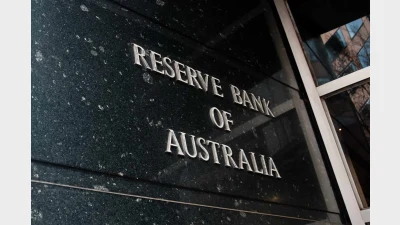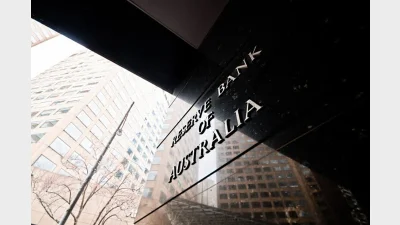Fund strategy needs to go deeper than management
Super funds need to involve their entire staff in advancing a planning strategy for their super fund, according to the principal of Right Lane Consulting, Marc Levy.
Levy, speaking at the Association of Superannuation Funds of Australia conference, said there needed to be a blend of top-down and bottom-up approaches to implementing a fund strategy, with involvement from both the board and chief executive level as well as middle and lower staff.
According to a survey by Right Lane Consulting, the understanding of a fund’s strategic objective drops significantly the further down you go in an organisation. Only 17 per cent of middle management professed to understand their fund’s objective, dropping to six per cent for lower management, Levy said.
“Without the involvement and ownership of a strategy by your staff, [there is a] risk of leaving too much to too few or having people pull in different directions,” he said.
“Getting staff involved in strategy sounds like a particularly obvious thing to do, but it’s tricky and it requires considerable insight and expertise.”
There also needed to be an open and constructive business culture to successfully implement a planning strategy, he said.
“If an organisation’s culture and values are not open to improvement and change, the chances of success are very limited,” he said.
Recommended for you
Large superannuation accounts may need to find funds outside their accounts or take the extreme step of selling non-liquid assets under the proposed $3 million super tax legislation, according to new analysis from ANU.
Economists have been left scrambling to recalibrate after the Reserve Bank wrong-footed markets on Tuesday, holding the cash rate steady despite widespread expectations of a cut.
A new Roy Morgan report has found retail super funds had the largest increase in customer satisfaction in the last year, but its record-high rating still lags other super categories.
In a sharp rebuke to market expectations, the Reserve Bank held the cash rate steady at 3.85 per cent on Tuesday, defying near-unanimous forecasts of a cut and signalling a more cautious approach to further easing.











